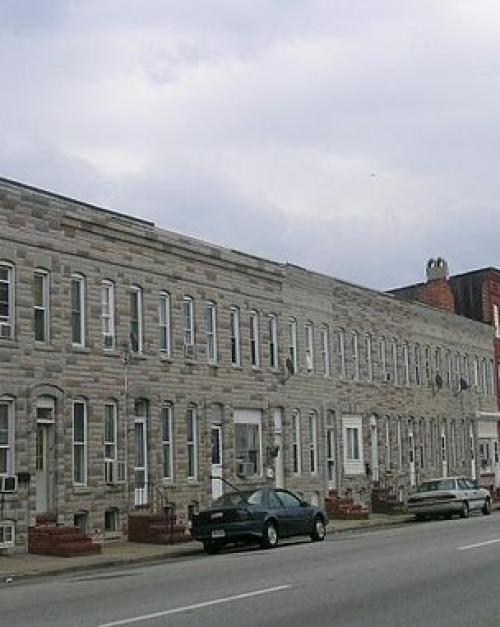In the wake of the tragic collapse of the Francis Scott Key Bridge in Baltimore, the port city’s role as the second largest exporter of American coal has come into clear focus. With coal exports expected to be snarled for more than a month, coal shipping executives are eager for a return to business as usual.
But residents who have experienced effects of the transport and storage of coal in their communities have been fighting for a change for years.
Chloe Ahmann is a historical and environmental anthropologist whose work focuses on Baltimore, industrialism and environmental justice. She is author of Futures after Progress: Hope and Doubt in Late Industrial Baltimore. Ahmann says now is a “time to listen” to Baltimore residents.
"Baltimore has the dubious distinction of being the nation’s second-largest exporter of coal, which travels through neighborhoods that I know well. In Curtis Bay, a multiracial working-class community on the southwest side of the Key Bridge, carcinogenic coal dust covers every surface: cars and clotheslines, stoops and slides, kids’ bicycles. Two years ago, the CSX-owned coal pier there blew up," said Ahmann.
"In times of crisis, it’s not uncommon to hear appeals to return to 'business as usual.' It is an understandable refrain, as thousands of Baltimoreans depend on the Port to put food on the table every night—to say nothing of the impact that its closure will have on Maryland’s economy. We should do everything we can to support the people most impacted by the bridge collapse: families who lost loved ones, workers who will live with its effects for a long while. But we should also pause and question whether a return to normal is in accordance with environmental justice.
“Residents of Curtis Bay have been fighting for an end to the transport and storage of coal in their community for years now, and there has never been a better time to listen. We should not be putting public money toward making multibillion-dollar companies like CSX 'whole' in the wake of the disaster, just for them to profit off the backs of working people across Baltimore," Ahmann said.
For interviews contact Jeff Tyson, (607) 793-5769, jeff.tyson@cornell.edu.
Cornell Expert: Why bridge collapse recovery is ‘time to listen’ to Baltimore residents impacted by coal shipping
Anthropology




